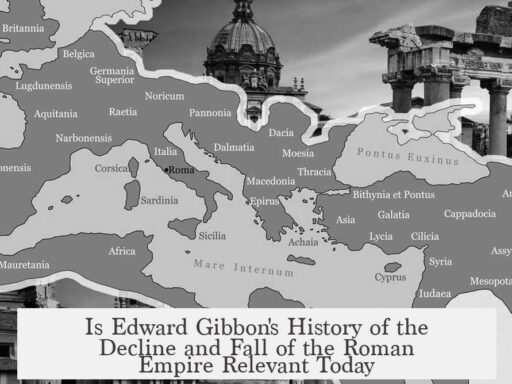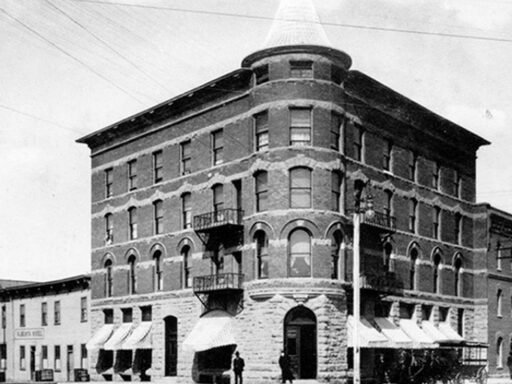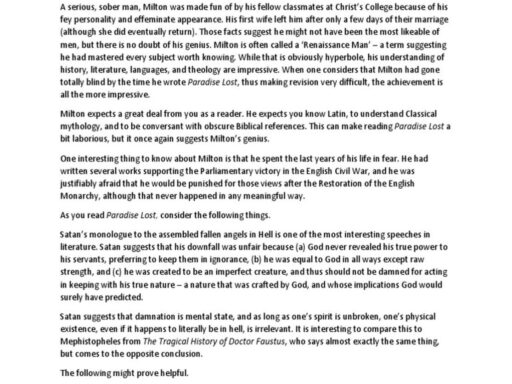Jamestown’s settlement in 1607 failed so disastrously due to a combination of poor planning, environmental hardships, lack of critical skills, and detrimental relations with the native Powhatan Confederacy. These factors combined to create an inhospitable environment where disease, starvation, and conflict dominated early colonial life.
The colonists’ initial goal was wealth, not sustainable settlement. They aimed to find gold or valuable trade goods quickly and then return to England. This focus led to neglect of basic survival needs such as farming or building adequate shelters. Instead of prioritizing food production or water sanitation, the settlers hoped for instant riches, undermining long-term colony establishment.
Moreover, the demographic makeup of the colonists worsened their plight. Many were second sons of wealthy families who lacked farming experience. Others were urban poor from London skilled in begging, not manual labor or agriculture. This mismatch of abilities meant the colony had virtually no knowledge of farming techniques essential for survival in the wild.
Jamestown’s location itself posed severe challenges. Settlers chose a site on marshy land with brackish water and sandy, poor soil unsuitable for crops. The tide would wash waste back into their living area, fostering the spread of disease. Native Americans avoided this land due to its poor conditions, forcing the settlers into a hazardous environment.
The environmental context included a severe drought, reducing available food and fresh water. This drought affected both the colonists and the native tribes, increasing competition for scarce resources. Diminished food supplies contributed directly to widespread hunger and weakened the settlers’ health.
Relations with the Powhatan Confederacy grew tense over time. Initially, the settlers tried to maintain a balance of trading goods and conversion efforts without armed conquest. However, the English refusal to provide firearms and ammunition, highly desired by the natives, strained relations. Without fulfilling native demands or establishing mutual cooperation, conflict was inevitable.
The settlers quickly became reliant on Powhatan food supply. This dependence gave the Powhatan Confederacy leverage when tensions rose. In the brutal winter known as the Starving Time of 1609-1610, Powhatan cut off food supplies, intentionally starving the colonists. This act decimated the settlement, with mortality rates over 80%.
The colony’s leadership was unstable and inexperienced. Most governance structures were experimental and improvised. A few leaders like John Smith imposed strict discipline, enforcing the rule “don’t work, don’t eat,” which temporarily improved conditions. However, Smith’s departure left the colony vulnerable. Without strong leaders, social order and resource management broke down.
Further complicating survival, the early settlers often resorted to violence against Native Americans. Unlike the Plymouth Pilgrims who formed cooperative relationships, Jamestown’s English imprisoned natives and forced them into labor. Hostilities escalated, eventually leading to further outbreaks of violence and mistrust. This undermined any potential stable alliance that might have helped the colony thrive.
The colonial enterprise itself was improvised by adventurers unfamiliar with governance or settlement logistics. Corporate shareholders wanted profits but lacked practical expertise. Support from the English crown and administration was minimal, leaving the colony isolated in a hostile environment with minimal resources or guidance.
| Factor | Impact on Jamestown Failure |
|---|---|
| Initial Goal of Quick Riches | Neglected food production and colony building efforts |
| Inexperienced Settlers | Lack of farming skills led to food shortages |
| Poor Location | Unhealthy conditions and inadequate resources |
| Drought | Reduced food and water availability |
| Conflict with Powhatan | Dependent on food supplied which was cut off in 1609 |
| Weak Leadership | Failed resource management and discipline |
| Violence Against Natives | Escalated hostilities, breaking down potential alliances |
- Jamestown settlers came unprepared with unsuitable skills, focusing on profit over survival.
- Harsh environment and drought worsened food scarcity and disease.
- Relations with Powhatan shifted from uneasy cooperation to hostile dependency.
- Poor governance and social breakdown added to suffering during the Starving Time.
Why Did Jamestown Settlement Fail So Horribly at the Start?
The Jamestown colony, settled in 1607, fails miserably in its early years because of a deadly mix of bad planning, harsh environment, poor leadership, and disastrous relations with the native Powhatan Confederacy. Over 80% of settlers starve during the “Starving Time” winter of 1609-1610. But this collapse isn’t some random tragedy. It’s a recipe of avoidable mistakes and harsh realities.
Let’s take a deep dive into why this early English American adventure turned into such a devastating struggle.
1. Overambitious Wealth Hunt Instead of Settlement
The colonists come with one major goal: get rich quick. They dream of discovering gold, silver, or lucrative trade goods like the Spanish had in South America. They envision digging mines or trading with natives to amass wealth, then heading back home. Settling for survival? Not high on their list.
This mindset backfires. Without a real plan to build a community or farm sustainably, the colony faces basic survival challenges. Farming takes a backseat to treasure hunting, and people expect to strike it rich without much manual labor.
2. Environmental Nightmare: The Wrong Place at the Wrong Time
Jamestown’s spot is about as appealing as a sandbox. The colonists settle on land the local natives avoided—because it’s unhealthy, with sandy soil and brackish water. Worse, nature is not kind: a drought strikes just as they arrive. Water is scarce, crops fail, and fishing spots are fiercely contested.
With little natural bounty and poor soil, the environment on its own seems set against the settlers. They can’t grow enough food to support themselves, and competing for resources strains already fragile relations with the natives.
3. Settlers Mistakenly Chosen: The Farming-Illiterate Elite and Urban Poor
The colony’s population is quite the odd mix. Wealthy “second sons” – those not inheriting family estates – and urban poor from London fill the ranks. Neither group was prepared to farm or do hard manual labor. The rich were used to supervising, not tilling soil. The poor often excelled at survival in the city, not in wilderness farming.
This gap creates a disastrous skill shortage. Nobody knows how to grow sufficient food or master local conditions. Farming knowledge is crucial for survival, but the colony’s demographics design that skill out.
4. Leadership Mess: Scattered Focus and Harsh Realities
Initially, there’s no focus on building the colony’s infrastructure or planning survival essentials. Profit remains king, and many colonists ignore urgent work. It isn’t until John Smith steps in that the situation stabilizes briefly. Smith’s rule: “Don’t work, don’t eat,” injects discipline.
Unfortunately, Smith’s leadership doesn’t last. His exit plus growing mistrust and conflict with neighboring tribes means the colony spirals into starvation. The leadership failure leaves the colony vulnerable to the brutal winter of 1609-10.
5. Toxic Relationship with the Powhatan Confederacy
Jamestown depends heavily on the Powhatan for food and support. For Powhatan, this is a strategic power play. Feeding the English gives leverage. It ensures the English remain less likely to attack while increasing their dependence.
When conflict arises, Powhatan cuts the supply chain during the worsening winter. This weaponizes starvation against Jamestown, worsening an already desperate situation. The natives’ calculated withdrawal of support contributes heavily to the colony’s collapse.
6. Broken Governance and Amateur Administration
The colony’s government is a mess. The Virginia Company operates more like an amateur adventure club than a skilled administrative body. There was no well-oiled government machine backing the settlers. Early leaders had little colonization experience.
The first founder, Bartholomew Gosnold, had already seen failure trying to start a colony in New England. The Jamestown folks are learning to swim while drowning, so to speak. This sets the stage for chaotic oversight and weak decision making.
7. Violence and Distrust: A Rocky Start with Native Americans
The English start out aggressive towards local natives, unlike other colonies. They imprison natives for farming knowledge rather than gaining willing cooperation. Violence sputters from the start instead of trust-building. This hostile stance sabotages potential alliances that might ease hardships.
In fact, years later, violence culminates in poisoning the native Powhatan leaders during a feast — a brutal move that cements hostility. From day one, friendship with natives is never seriously pursued, reinforcing conflicts that hurt survival chances.
The Starving Time: A Warning Tale
So, why does over 80% of Jamestown’s population die in 1609-1610? This winter isn’t just cold or harsh weather. It’s hunger, fear, and desperation – the outcome of a perfect storm of poor planning, lack of skills, environmental challenges, and aggressive politics.
The colonists attempt desperate measures—eating horses, rats, and even resorting to cannibalism according to some accounts. The colony edges the brink of extinction.
What Can Modern Readers Take Away?
- Lesson 1: Vision matters! Aim beyond quick riches. Prioritize survival and community first, wealth second.
- Lesson 2: Location is everything. Don’t settle in unhealthy terrain or dry drought-prone areas.
- Lesson 3: Match skills with needs. Farming requires hard knowledge — don’t bring a society of nobles and city poor expecting instant success.
- Lesson 4: Strong leadership saves lives. John Smith’s strict working rule offered a glimpse of order in chaos.
- Lesson 5: Treat neighboring peoples with respect and cooperation, not violence and coercion.
Jamestown’s failure acts as a blueprint for what NOT to do in colonial ventures. What if they had chosen settlement over gold rush, community over conquest, cooperation over conflict? History’s a harsh teacher but packed with lessons.
Final Thoughts
Jamestown’s early collapse isn’t a story of hopelessness but a complex saga of ambition clashing with reality. The settlers stumble on poor planning, environmental misfortune, skill gaps, and native politics. It underlines how colonization isn’t just planting flags—it’s building resilient communities.
So the next time you hear about Jamestown’s “Starving Time,” remember: it was a perfect storm of preventable problems, flawed priorities, and harsh nature. What seems like history’s grim mistake could have been an inspiring success story if only certain lessons had been learned before the boats left England’s shores.


